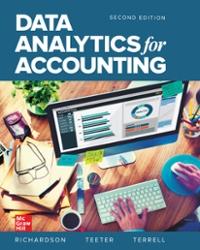Question
1. (15 points) Hong Kong is now one of the most expensive cities for real estate in the world. Government is trying hard to help

1. (15 points) Hong Kong is now one of the most expensive cities for real estate in the world. Government is trying hard to help the poor to find a place to live. With limited budget, government needs to find the most efficient way of subsidizing the poor. Now two parties are debating on two potential policy schemes: (1) income subsidy?directly give residents income S no matter how the residents is going use this money, and (2) price subsidy on rent?subsidize rent by s so a poor family pays R(1 ? s). R is the market rent before subsidy. Government faces strict budget constraint S = s R H?, where H? is the optimal housing demand after the subsidy. Assume that the consumer preference is strictly monotone and strictly convex. Suppose the budget constraint before subsidy is (BC): RH + p2x2 = m, where H is housing demand and x2 represent all other goods.
(a) (4 points) Write down the new budget lines after price subsidy (denote as BCP ) and income subsidy (denote as BCI), respectively.
(b) (8 points) Based on pure economic theory, what is your policy recommendation(s) to the government? Back your recommendation with strong economic argument. As most politicians do not know much about economics, use a graph to clearly show your idea and make sure that they understand it. Specifically, you can 1) draw the new budget line under price subsidy, denoting it as BCP . Denote the optimal choice as point A. 2) Draw the new budget line under income subsidy, denoting it as BCI. Denote the corresponding optimal choice as point B. 3) Compare which point gives higher utility to the consumer.
(c) (3 points) (Open question) Whichever policy you recommend, list at least two potential problems it may have in practice.

Step by Step Solution
There are 3 Steps involved in it
Step: 1

Get Instant Access to Expert-Tailored Solutions
See step-by-step solutions with expert insights and AI powered tools for academic success
Step: 2

Step: 3

Ace Your Homework with AI
Get the answers you need in no time with our AI-driven, step-by-step assistance
Get Started


